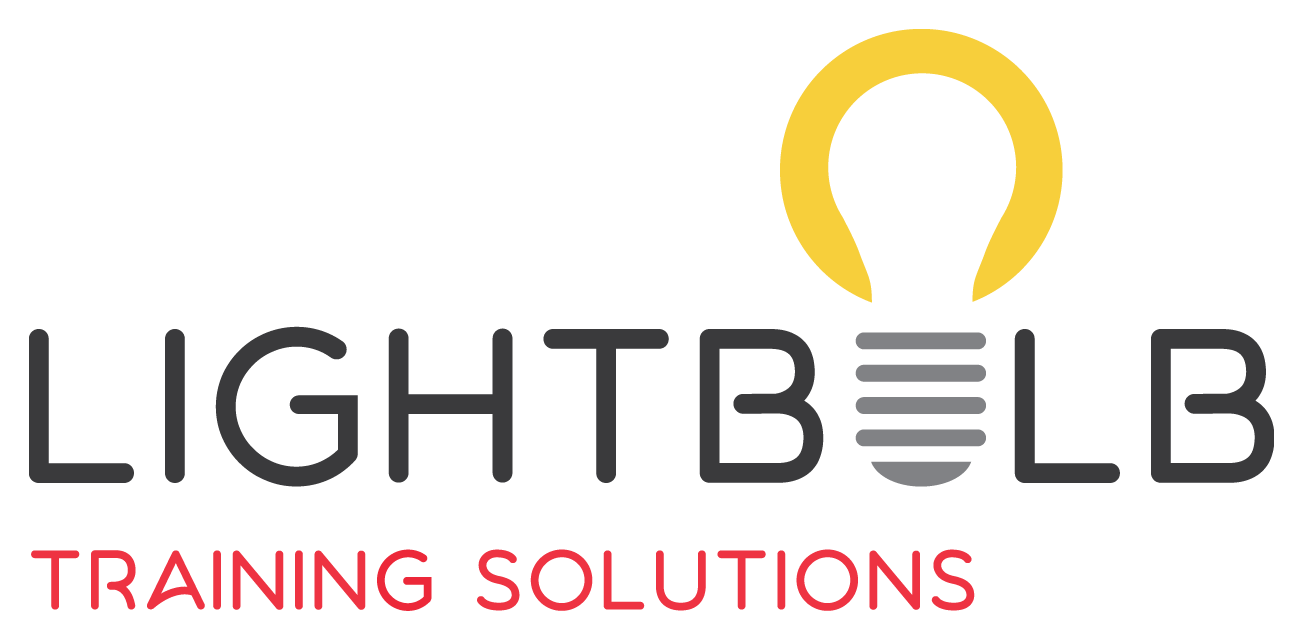Are you guilty of the BIG 3?
As a workplace trainer, I know that there are MANY things I can do to stuff up, but do you know the BIG 3?
If your role is to educate and inspire customer service staff to work together in harmony and provide great service, read on to make sure you're not guilty.
Disclaimer - This is my top 3 - it comes from 25+ years of attending teamwork and customer service workplace training and 20 years of providing teamwork and customer service workplace training.
1. Death by Power Point - lots and lots of word heavy slides, little or no images or colour and you read them out word by word by word with your back to the room and your face to the slides. Using Powerpoint slides is a great way to help you the presenter stay on track and cover everything BUT when you’re sharing information with adults, you need to be aware of the 3 Adult Learning Styles and that some people learn best when all 3 styles are covered. The 3 styles are:
Auditory - What can be heard. This can include words, music or noises that are relevant to the content. Using words to tell a relevant story is a powerful way to transfer imformation.
Visual - What can be seen. This can be written words, images, colours, numbers, graphs etc. Always remember the saying - A picture is worth a thousand words.
Kineasthetic - What can be done. This is for those who learn from using their other senses - touch, taste and smell. ‘Let me try’ is the cry of the Kineasthetic learner.
2. Roles Plays - They make most attendees feel anxious which turns off their ears for fear of being asked to perform in front of their peers. Think of what you bring into the training that is ‘real play’. Games, competitions and case studies that are relevant to the learning goal, is a great way to let people practice skills in pairs or small groups. Steer clear of people ‘standing out the front’ and trying something new infront of everyone - some will be OK, most will hate it.
3. No Sense of Respect - The content is 'one size fits all' and not adjusted to suit the skills, knowledge and experiences of the team. It's telling people what to do (Auditory) and expecting your words to motivate everyone to do it and, keep doing it. Tailor the training to include asking attendees to bring along their ideas. People are more likely to abide by customer service and teamwork standards if they have input into them.
Being a workplace trainer is a skill you can learn, and it's not just reserved for the brave, the extroverted or the specialists - it's for those who are willing to learn and keep learning and it’s for those who know it's not about them...it's about those in front of them.

